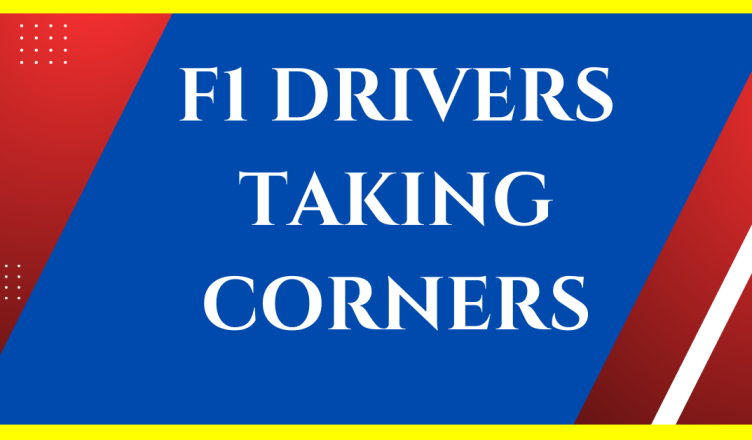Formula One (F1) is the pinnacle of motorsport, where drivers and teams compete at the highest level of engineering, technology, and performance. One of the most crucial aspects of F1 is cornering speed, which refers to the speed at which drivers can navigate corners on a race track. In this article, we’ll explore the factors that affect cornering speed, the different types of corners in F1, cornering techniques, and some of the fastest corners in F1 history.
Factors Affecting Cornering Speed
Several factors affect cornering speed in F1. One of the most significant factors is aerodynamics, where F1 cars generate downforce to increase cornering speeds. Downforce is a force that pushes the car down towards the track, increasing its grip and stability. F1 cars have wings, diffusers, and other aerodynamic features that generate downforce, allowing them to take corners at high speeds.
Tires are also a crucial factor in cornering speed. F1 cars use slick tires that have no tread and are made of a special compound that provides maximum grip. The tire compound and temperature affect the grip levels, and F1 teams must choose the right tires for each race and track condition to optimize their performance.
Suspension is another factor that affects cornering speed. F1 cars have complex suspension systems that allow the driver to adjust the car’s handling characteristics. The suspension can also affect the car’s ride height, which affects the car’s aerodynamics and grip levels.
Types of Corners in F1
F1 tracks have a variety of corners, from slow and tight hairpins to fast and flowing corners. High-speed corners are some of the most challenging corners for F1 drivers, as they require precise handling and a lot of downforce. Examples of high-speed corners include the Eau Rouge at Spa-Francorchamps and the 130R at Suzuka.
Low-speed corners, on the other hand, require different techniques, such as braking and acceleration. These corners include tight turns like the hairpin at Monaco and the slow-speed corners at the Hungaroring. F1 drivers must use the brakes to slow down before entering these corners and then accelerate out of the corners to gain speed.
Cornering Techniques
F1 drivers use a variety of techniques to maximize their cornering speed. One of the most important techniques is braking, where the driver must brake hard before entering a corner to slow down the car’s speed. F1 cars have advanced braking systems that allow drivers to brake later and harder than in other racing categories.
Throttle control is another crucial technique in F1. The driver must use the throttle to control the car’s speed through the corner and maintain maximum traction. F1 cars have powerful engines that produce a lot of torque, and drivers must use the throttle precisely to avoid spinning out.
Steering is another important technique in F1. F1 drivers must be able to turn the car quickly and accurately to navigate corners at high speeds. They use a technique called “trail braking,” where they use the brakes while turning into the corner to improve the car’s stability and grip.
Examples of Fastest Corners in F1 History
Some of the fastest corners in F1 history are legendary for their speed and difficulty. One of these corners is the flat-out Peraltada corner at the old Mexico City circuit, which had a radius of 300 meters and a speed of around 350 km/h. Another famous corner is the 130R at Suzuka, which has a radius of 130 meters and a speed of around 310 km/h.
The lap times set in these corners show the importance of cornering speed in F1. The lap record for the old Mexico City circuit was set in 1992 by Nigel Mansell, who completed a lap in just 1 minute 14.471 seconds. The lap record for Suzuka was set in 2006 by Kimi Raikkonen, who completed a lap in 1 minute 30.874 seconds.
Conclusion
Cornering speed is one of the most critical aspects of F1, and drivers and teams strive to maximize their performance in this area. Factors such as aerodynamics, tires, and suspension all play a role in cornering speed, and F1 tracks have a variety of corners that require different techniques. F1 drivers use braking, throttle control, and steering to navigate corners at high speeds, and some of the fastest corners in F1 history are legendary for their speed and difficulty. Ultimately, cornering speed is a key factor in determining the success of an F1 driver and team.
